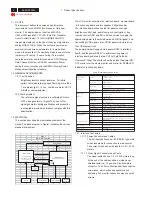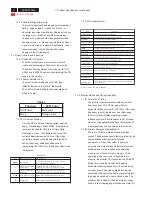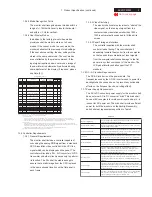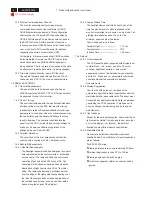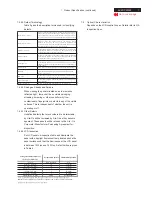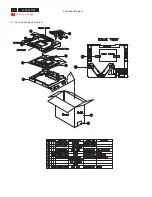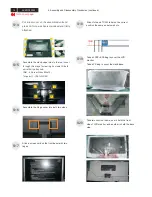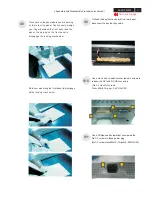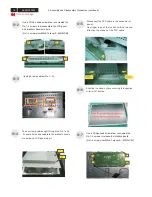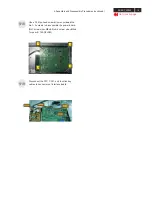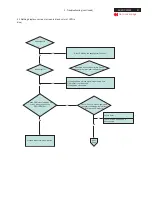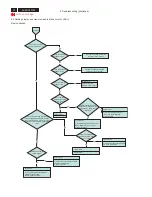
1.4.5.5 Defect Terminology
Table 3 gives the descriptive terms used in classifying
defects.
1.5
Optical Characteristics
Depends on the LCD supplier's spec. Details refer to QA
Inspection Spec.
1.4.5.6 Smudges, Streaks and Smears
When viewing the panel oriented so as to maximize
reflected light , there shall be no visible smudging ,
streaking, smearing or other nonuniformity from
contaminants ,fingerprints,or defects in any of the visible
surfaces. This is independent of whether the unit is
operating or off .
1.4.5.7 Other Defects
Undefined defects that are considered to be rejectable
by Lite–On will be reviewed by Lite-On as they become
apparent. These panels will be referred to the Lite - On
Corporate / Manufacturer Purchasing Agreement for
disposition.
1.4.5.8 LCD Inspection
Put LCD panel on inspection table and illuminate the
panel with a daylight fluorescent lamp located above the
panel surface such that the illuminance at the LCD panel
is between 1000 lux and 1500 lux .Defect limits are given
in Table 4 .
1. Product Specification (continued)
Average Diameter smaller of
(L+W)/2 or L/20+2W
Acceptable Number
Minimum Separation
< 0.1mm
Non countable
N / A
0.1 mm ~ 0.3 mm
10
15 mm
0.31 mm ~ 0.5 mm
10
15 mm
0.51 mm ~ 1.25 mm
5
15 mm
1.26 mm ~ 2.5 mm
3
25.4 mm
2.51 mm ~ 3.75 mm
3
25.4 mm
Greater than 3.75 mm
NONE
Not applicable
Note : Allowable distance between spots of two sizes is the minimum separation
number for the smaller spot. Therefore, if there are two spots, 1.30mm and 0.4mm
in diameter, they must be at least 15mm apart.
7
Go to cover page
D ark / S pots / Lines
Spots or lines that appear dark in the display patterns and are
usually the result of contam ination. D efects do not vary in
size or intensity (contrast) w hen contrast voltage is varied.
C ontrast variation can be achieved through the use of varying
gray shade patterns.
B right Spots / Lines
Spots or lines that appear light in the display patterns.
D efects do not vary in size or intensity (contrast) w hen
contrast voltage is varied. C ontrast variation can be achieved
through the use of varying gray shade patterns.
Polarizer S cratch
W hen the unit lights, lines appear light (w hite) w ith display
patterns dark and do not vary in size. P hysical dam age to the
polarizer that does not dam age the glass
Polarizer D ent
W hen the unit lights, spots appear light (w hite) w ith display
patterns dark and do not vary in size. P hysical dam age to the
polarizer that does not dam age the glass.
R ubbing Line
H orizontal or diagonal lines that appear gray w ith the display
patterns dark and m ay have resulted from an “out of control”
rubbing process on the polyim ide or “w aves” on the B EFs or
prism sheets.
N ew ton R ing
The “rainbow ” effect caused by non-uniform cell thickness.
M ottling
W hen the unit lights, variation / non – uniform ity
(splotchiness) appears light (w hite) w ith the display and
m ight vary in size.
D im Line
W hen the unit lights, line(s) in the m onitor (vertical) or m ajor
(horizontal) axis appear dim , but not com pletely on or off.
C ross Lines O ff
W hen the unit lights, lines in both the m inor and m ajor axis
do not appear.
B right / D ark D ot
A sub – pix el (R ,G ,B dot) stuck off / on (electrical).
ACER P203W



